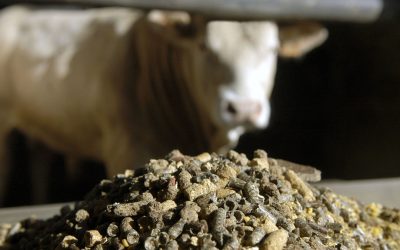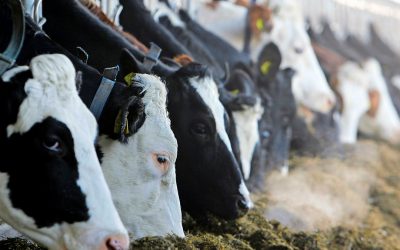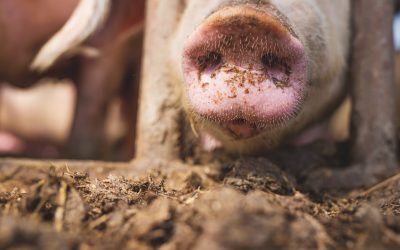More vital lambs when ewes receive omega 3 in diet

The omega – 3 fatty acids DHA improve the vigour and vitality of lambs and hence reduces lamb mortality, according to Zintec.
Fish oils are cheap and readily available source of omega-3 fatty acids which are now being incorporated into supplements and diets for breeding animals to improve fertility, and productivity, sometimes with mixed results. Whilst it has been reported that new-born animals are quicker to stand and suckle when the maternal diet is supplemented with fish oil, the reduction in birth weight recorded is alarming, and could well counteract this benefit.
The problem seems to be EPA, a long chain unsaturated fatty acid, that is abundant in some fish oils. High levels of EPA intake can reduce the levels of an omega-6 fatty acid ARA, and in humans this has been linked to lower birth weight and impaired development in during the first year of life. Other issues surrounding fish oil include the sustainability of the source, consistency of the product, possible contamination and relative ease of oxidation.
However, a team working at Newcastle University has found a possible solution to this problem feeding the nutritional ingredient, DHA Gold® (Novus International) that is rich in the omega-3 fatty acid DHA, but contains little or no EPA. When fed to breeding animals (sows and ewes) during, pregnancy, it offers an important means of enhancing the vigor of newborn animals, without the risk of reducing birth weight or early growth.
Zintec Feed Supplements the Herefordshire feed supplement manufacturers are incorporating this innovative ingredient into a new pre-lambing supplement, VitaLamb that is designed to improve the vigour and vitality of lambs. DHA omega-3 is a major component of the brain, eye and nervous system and when used to supplement the ewe’s diet, the cognitive responses of the newborn lambs are improved making them more alert and quicker to stand and suckle.
Given the extent to which profitability depends on the number of lambs reared per ewe, minimizing lamb mortality must be a key objective in all breeding flocks. With lamb mortality rates running at around 15% in the UK, this not only represents significant losses in production and profitability, but also raises serious concerns about animal welfare.
Researchers at the Scottish Agricultural College concluded that whilst poor mothering had traditionally been blamed for high lamb mortality, lamb survival is much more closely linked to the speed at which lambs stand and suckle. The findings of the Newcastle team therefore offer an important means of improving lamb survival, and the production of strong, healthy, fast-growing lambs.











